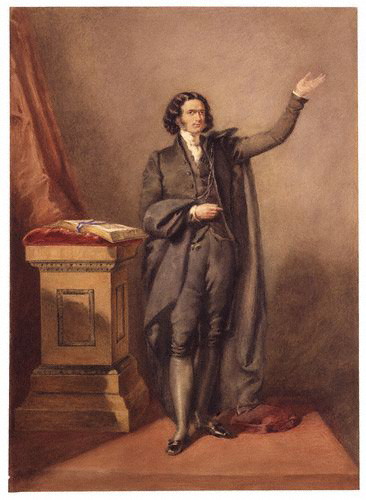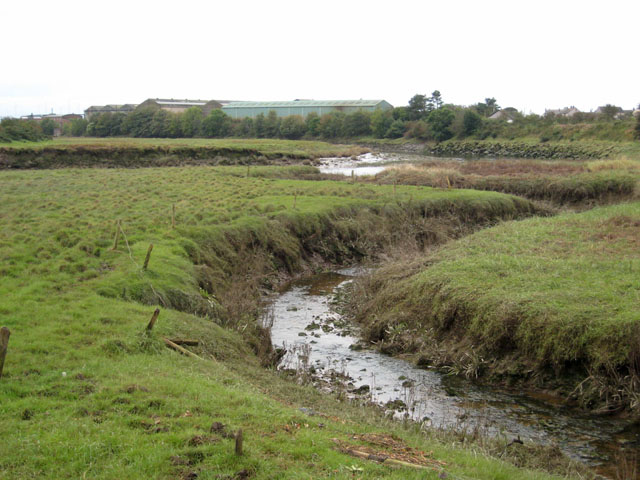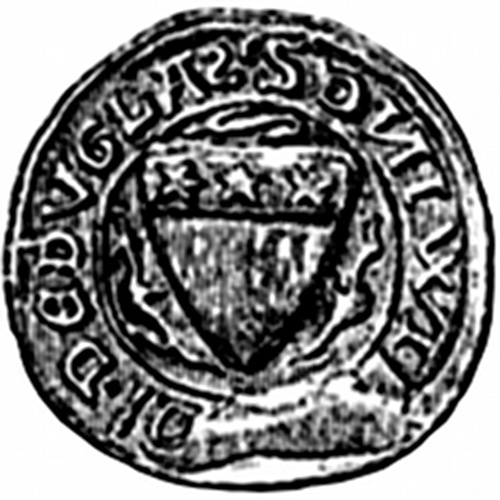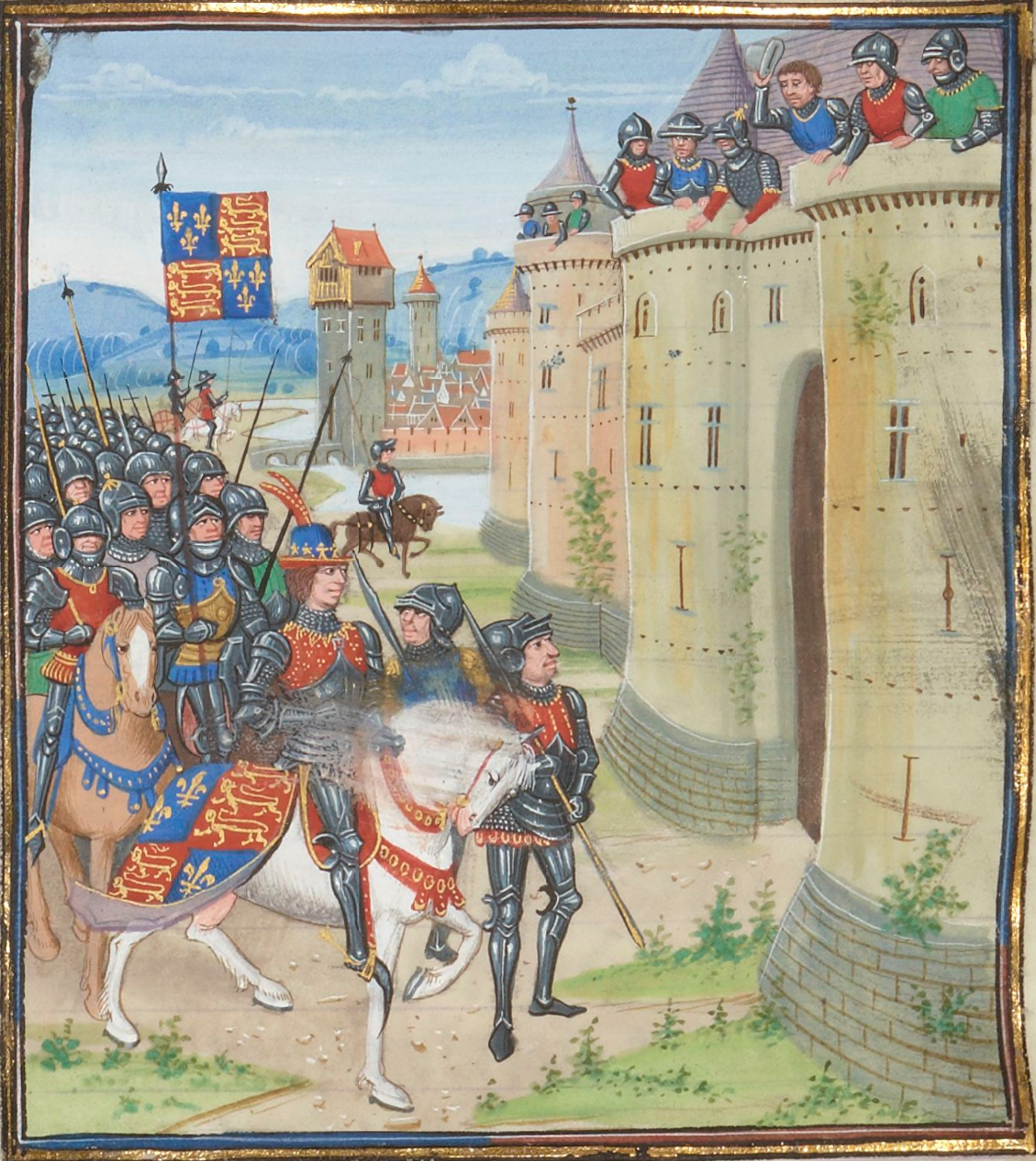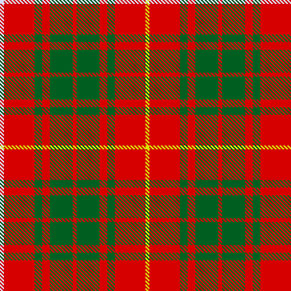|
Annan, Dumfries And Galloway
Annan ( ; ) is a town and former royal burgh in Dumfries and Galloway, south-west Scotland. Historically part of Dumfriesshire, its public buildings include Annan Academy, of which the writer Thomas Carlyle was a pupil, and a Georgian building now known as "Bridge House". Annan also features a Historic Resources Centre. In Port Street, some of the windows remain blocked up to avoid paying the window tax. Each year on the first Saturday in July, Annan celebrates the Royal Charter and the boundaries of the Royal Burgh are confirmed when a mounted cavalcade undertakes the Riding of the Marches. Entertainment includes a procession, sports, field displays and massed pipe bands. Annan's in America first migrated to New York and Virginia. Annandale Virginia is an early settlement which celebrates The Scottish Games annually. Geography Annan stands on the River Annan—from which it is named—nearly from its mouth, accessible to vessels of 60 tons as far as Annan Bridge ... [...More Info...] [...Related Items...] OR: [Wikipedia] [Google] [Baidu] |
Annan Town Hall
Annan Town Hall is a municipal building in the High Street in Annan, Dumfries and Galloway, Scotland. The structure, which accommodates the local library and is also used as a venue for the provision of local services, is a Category B listed building. History The first municipal building in the town was a tolbooth which dated back at least to the early 17th century: a clock, a bell and a steeple were added in 1740. Debtors were typically incarcerated in the prison cells there during the 18th and 19th centuries. However, by the mid-19th century it had become dilapidated and it was demolished in 1875. The current building was designed by Peter Smith of Glasgow in the Scottish baronial architecture, Scottish baronial style, built in red sandstone from Corsehill Quarry and was completed in 1878. The design involved a symmetrical main frontage with five bays facing east along the High Street. The central bay, which projected forward, contained a four-stage tower. There was a wide doo ... [...More Info...] [...Related Items...] OR: [Wikipedia] [Google] [Baidu] |
Solway Firth
The Solway Firth is an inlet on the west coast of Great Britain, forming part of the border between England and Scotland. The firth (a Scottish term for an inlet of the sea) divides Cumbria (including the Solway Plain) from Dumfries and Galloway. The Isle of Man is also very near to the firth. The firth comprises part of the Irish Sea. The firth's coastline is characterised by lowland hills and small mountains. It is a mainly rural area, with mostly small villages and settlements (such as Powfoot). Fishing, hill farming, and some arable farming play a large part in the local economy, although tourism is increasing. The northern part of the English coast of the Solway Firth was designated as an Area of Outstanding Natural Beauty, known as the Solway Coast, in 1964. Construction of the Robin Rigg Wind Farm in the firth began in 2007. Within the firth, there are some Salt marsh, salt marshes and mud flats that can be dangerous, due to their frequently shifting patches of quicksa ... [...More Info...] [...Related Items...] OR: [Wikipedia] [Google] [Baidu] |
Newbie Castle
The site of the old Newbie Castle, Newbay Castle or Newby Castle was the caput of the Barony of Newbie near Annan close to the confluence of the River Annan and the Solway Firth in Dumfries and Galloway, Scotland. Held by the Corries and then the Johnstones. Newbie Harbour on the River Annan was located nearby. History Newbie Castle was demolished circa 1816 when Newbie Mains Farm was constructed, using the stones from the castle. Some masonry quoins from the tower decorated with characteristic Scottish renaissance buckle carvings were used in the farm buildings. In the 13th century, the Battle of Bruce's Acres took place near Muirbeck Wood as shown on the 1926 Edition of the OS map. Robert the Bruce is said to have suffered a defeat here. Human bones and several swords were uncovered in Newbie Moss close to the field where this action is said to have been fought. Description of the castle and lands Newbie is considered to have been a tower castle, surrounded by a moat with dr ... [...More Info...] [...Related Items...] OR: [Wikipedia] [Google] [Baidu] |
Annan Castle
Annan Castle, was a castle that was located on the banks of the River Annan, in Annan, Scotland. A motte and bailey castle was built in the early 12th century by the de Brus family, Lords of Annandale. A flood in the mid-12th century changed the course of the River Annan, which caused the castle mound to be partially eroded. The castle was abandoned as the main seat of the de Brus family, who moved to Lochmaben Castle. In February 1552 a master mason David Dog was sent by Regent Arran to hire stonemasons to work "at the tour of Annand". The site of the castle is designated a scheduled monument In the United Kingdom, a scheduled monument is a nationally important archaeological site or historic building, given protection against unauthorised change. The various pieces of legislation that legally protect heritage assets from damage, visu .... External linksThe Mote of Annan and Annan Castle Citations Castles in Dumfries and Galloway Buildings and structures in Dum ... [...More Info...] [...Related Items...] OR: [Wikipedia] [Google] [Baidu] |
Clan Douglas
Clan Douglas ( Gaelic: ''Dùbhghlas'') is an ancient clan or noble house from the Scottish Lowlands. Taking their name from Douglas in Lanarkshire, their leaders gained vast territories throughout the Borders, Angus, Lothian, Moray, and also in France and Sweden. The family is one of the most ennobled in the United Kingdom and has held numerous titles. The Douglases were one of Scotland's most powerful families,Way, George and Squire, Romily. (1994). ''Collins Scottish Clan & Family Encyclopedia''. (Foreword by The Rt Hon. The Earl of Elgin KT, Convenor, The Standing Council of Scottish Chiefs). pp. 384–385. and certainly the most prominent family in lowland Scotland during the Late Middle Ages, often holding the real power behind the throne of the Stewart kings. The heads of the House of Douglas held the titles of the Earl of Douglas (Black Douglas) and later the Earl of Angus (Red Douglas). The clan does not currently have a chief recognised by the Lord Lyon. The princ ... [...More Info...] [...Related Items...] OR: [Wikipedia] [Google] [Baidu] |
House Of Balliol
The House of Balliol (de Bailleul) was a noble family originating from the village of Bailleul in Picardy. They held estates in England, granted during the reign of King William Rufus. Through marriage, they had claims to the Throne of Scotland. One member of the family, John Balliol, was named King of Scotland after the disputed succession following extinction of the Dunkeld line. John was deposed, leading to the First War of Scottish Independence. His son, Edward Balliol, also briefly controlled the Scottish throne during the Second War of Scottish Independence. Edward had no issue, and the direct line went extinct with him. List of heads of the Balliol estates * Guy I de Balliol (died before 1130 × 1133), established lordship in northern England in 1090s * Bernard I de Balliol (died 1154 x 1162), nephew of Guy * Guy II de Balliol (died early 1160s x 1167), son of Bernard * Bernard II de Balliol (died ), brother of above * Eustace de Balliol (died c. 1209), cousin ... [...More Info...] [...Related Items...] OR: [Wikipedia] [Google] [Baidu] |
Second War Of Scottish Independence
The Second War of Scottish Independence broke out in 1332, when Edward Balliol led an Kingdom of England, English-backed invasion of Kingdom of Scotland, Scotland. Balliol, the son of former Scottish king John Balliol, was attempting to make good his claim to the Scottish throne. He was opposed by Scots loyal to the occupant of the throne, eight-year-old David II of Scotland, David II. At the Battle of Dupplin Moor Balliol's force defeated a Scottish army ten times their size and Balliol was crowned king. Within three months David's partisans had regrouped and forced Balliol out of Scotland. He appealed to the English king, Edward III, who invaded Scotland in 1333 and besieged the important trading town of Berwick-upon-Tweed, Berwick. A large Scottish army attempted to relieve it but was heavily defeated at the Battle of Halidon Hill. Balliol established his authority over most of Scotland, ceded to England the eight counties of south-east Scotland and did Homage (feudal), homag ... [...More Info...] [...Related Items...] OR: [Wikipedia] [Google] [Baidu] |
Battle Of Annan
The Battle of Annan, also referred to in contemporary sources as the Camisade of Annan, took place on 16 December 1332 in the town of Annan, Dumfries and Galloway, Scotland. Edward Balliol had seized the Scottish crown three months earlier following his victory at the Battle of Dupplin Moor (10–11 August 1332). In October of that year, Sir Archibald Douglas, Guardian of Scotland, negotiated a truce with Balliol, ostensibly to allow the Scottish Parliament to convene and determine the rightful monarch. Believing the truce secure, Balliol dismissed most of his English forces and relocated to Annan, on the northern shore of the Solway Firth. While at Annan, Balliol issued public letters proclaiming that, with England's support, he had regained the Scottish throne. In these declarations, he acknowledged Scotland as a fief of the English crown, pledged fealty to Edward III of England, and promised him territorial concessions, including Berwick-upon-Tweed. In the early hours of ... [...More Info...] [...Related Items...] OR: [Wikipedia] [Google] [Baidu] |
Robert I Of Scotland
Robert I (11 July 1274 – 7 June 1329), popularly known as Robert the Bruce (), was King of Scots from 1306 until his death in 1329. Robert led Kingdom of Scotland, Scotland during the First War of Scottish Independence against Kingdom of England, England. He fought successfully during his reign to restore Scotland to an independent kingdom and is regarded in Scotland as a folk hero, national hero. Robert was a fourth-great-grandson of King David I, and his grandfather, Robert de Brus, 5th Lord of Annandale, was one of the claimants to the Scottish throne during the "Great Cause". As Earl of Carrick, Robert the Bruce supported his family's claim to the Scottish throne and took part in William Wallace's campaign against Edward I of England. Appointed in 1298 as a Guardian of Scotland alongside his chief rival for the throne, John Comyn of Badenoch, and William Lamberton, Bishop of St Andrews, Robert resigned in 1300 because of his quarrels with Comyn and the apparently imminen ... [...More Info...] [...Related Items...] OR: [Wikipedia] [Google] [Baidu] |
De Brus Family
Clan Bruce () is a Lowlands Scottish clan. It was a royal house in the 14th century, producing two kings of Scotland (Robert the Bruce and David II), and a disputed High King of Ireland, Edward Bruce. Origins The surname ''Bruce'' comes from the French ''de Brus'' or ''de Bruis'', derived from the lands now called ''Brix'', Normandy, France. There is no evidence to support a claim that a member of the family, 'Robert de Brix', served under William the Conqueror during the Norman Conquest of England. This notion is now believed to have originated in unreliable lists, derived from the later Middle Ages, of people who supposedly fought at the Battle of Hastings. Both the English and Scots lines of the Brus/Bruce family demonstrably descend from Robert de Brus, 1st Lord of Annandale who came to England in 1106. Robert de Brus was a companion-in-arms of Prince David, later King David I. In 1124 he followed David north to reclaim his kingdom. When a civil war broke out in England bet ... [...More Info...] [...Related Items...] OR: [Wikipedia] [Google] [Baidu] |
Roman Scotland
Scotland during the Roman Empire refers to the protohistory, protohistorical period during which the Roman Empire interacted within the area of modern Scotland. Despite sporadic attempts at conquest and government between the first and fourth centuries AD, most of modern Scotland, inhabited by the Caledonians and the Maeatae, was not incorporated into the Roman Empire with Roman control over the area fluctuating. In the Roman imperial period (chronology), Roman imperial period, the area of Caledonia lay north of the River Forth, while the area now called England was known as ''Britannia'', the name also given to the Roman province roughly consisting of modern England and Wales and which replaced the earlier Ancient Greek designation as ''Albion''. Roman legions arrived in the territory of modern Scotland around AD 71, having conquered the Celtic Britons of southern Britannia over the preceding three decades. Aiming to complete the Roman conquest of Britannia, the Roman a ... [...More Info...] [...Related Items...] OR: [Wikipedia] [Google] [Baidu] |
Anglo-Scottish Border
The Anglo-Scottish border runs for between Marshall Meadows Bay on the east coast and the Solway Firth in the west, separating Scotland and England. The Firth of Forth was the border between the Picto- Gaelic Kingdom of Alba and the Anglian Kingdom of Northumbria in the early 10th century. It became the first Anglo-Scottish border with the annexation of Northumbria by Anglo-Saxon England in the mid-10th century. In 973, the Scottish king Kenneth II attended the English king Edgar the Peaceful at Edgar's council in Chester. After Kenneth had reportedly done homage, Edgar rewarded Kenneth by granting him Lothian. Despite this transaction, the control of Lothian was not finally settled and the region was taken by the Scots at the Battle of Carham in 1018 and the River Tweed became the '' de facto'' Anglo-Scottish border. The Solway–Tweed line was legally established in 1237 by the Treaty of York between England and Scotland. It remains the border today, with the exc ... [...More Info...] [...Related Items...] OR: [Wikipedia] [Google] [Baidu] |
